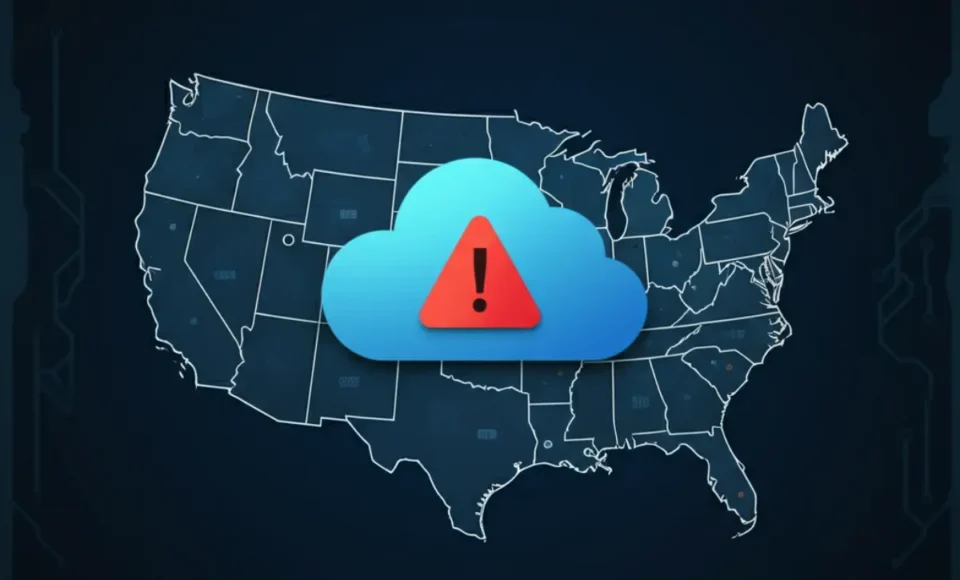Major Microsoft Azure service disruption leaves thousands of U.S. companies frustrated, shining a light on cloud downtime challenges.
REDMOND, Wash. – Oct. 29, 2025 – Early this morning, a significant Azure outage swept across North America, interrupting day-to-day operations for businesses large and small. Key Microsoft Azure cloud services went dark without warning, forcing IT teams to scramble and raising real concerns about online business reliability.
What Happened
The outage started because of a network configuration problem in several Microsoft data centers. As a result, users lost access to virtual machines, storage, and other popular cloud features. Microsoft quickly acknowledged the issue and kept customers updated through the official Azure status page.
Engineers rushed in to solve the problem, demonstrating the fast-paced response required in today’s interconnected world. This incident serves as a strong reminder that even a small misstep in the cloud can trigger widespread service disruptions. Because cloud infrastructure links so many services, a single issue can ripple across entire regions.
Impact on Businesses
The Azure outage hit many companies fast and hard. Within minutes, websites dropped offline, internal apps froze, and project teams went on pause. Consequently, the disruption highlighted just how essential constant uptime is for anyone relying on Microsoft Azure.
Moreover, this event reignited tough questions about Service Level Agreements (SLA), business continuity, and disaster recovery. In the words of one IT director, “Even Microsoft isn’t immune. These moments really make you re-examine your backup plans and how you handle failover during a cloud downtime like this.”
Microsoft’s Response
Microsoft’s teams responded immediately. They posted frequent updates to the Azure status page and tackled the service disruption head-on. Engineers worked diligently to reverse the faulty configuration and restore functionality.
After restoring services, Microsoft promised to issue a full incident report that will examine what went wrong and explain their prevention plan. Consequently, customers will gain valuable insight into how the company manages large-scale outages.
What Users Can Do
During the outage, IT departments everywhere monitored Microsoft’s status updates and communicated next steps to their staff. Looking ahead, experts advise businesses to regularly assess how they use Microsoft Azure. For example, you should make sure applications run across several availability zones, or even consider multi-cloud strategies for extra protection.
Additionally, it’s wise to review your Azure SLA thoroughly, so you know what uptime is guaranteed and what compensation you can expect if a major disruption occurs.
What’s Next
Now that things have returned to normal, attention shifts to Microsoft’s detailed report about the outage. Across the U.S., tech leaders are expected to review their own cloud infrastructure, focusing on building greater resiliency and smarter failover options for future incidents. By learning from this event, businesses can take active steps to minimize risk and strengthen their systems.
Frequently Asked Questions (FAQ)
What caused the Azure outage?
Microsoft reported that a network configuration change triggered the service disruption in several North American data centers. Soon, they will include a detailed root-cause analysis in their incident report.
How long did the downtime last?
Disruptions lasted for hours at some companies, but impact varied by region and service. Microsoft posted restoration updates in real time on the status page.
Which regions were affected by the service disruption?
Most problems emerged in North American data centers, yet interconnected global services also experienced effects for a short time.
How can companies protect themselves from future cloud downtime?
You can minimize risk by building redundancy into your environment. Distribute your services across multiple Azure regions or even different cloud providers. Just as important, develop a robust failover plan to keep your business running during a service interruption.

